

Contributor
- Topics: Archive, Plants You Need

Although we do have our tropical moments in Southern California, even our mildest climates are still too cool and dry most of the year to qualify as truly tropical. Even though we never stop trying, so many of the world’s most beautiful tropical trees simply do not do well here. Every so often, however, a new tree comes along that defies all apprehensions and becomes an unexpected superstar. Such is the “Cinderella story” of the gold medallion tree (Cassia leptophylla), which is fast becoming a popular street tree in Southern California.
Tropical-Looking
Native to southeastern Brazil, gold medallion tree looks far too tropical to ever succeed in California; yet it does, and in spectacular fashion. A member of the pea family (Fabaceae), it does have some famous tropical relatives, most notably golden shower (Cassia fistula) and rainbow shower (Cassia xnealiae)—trees familiar to gardeners in Hawaii and South Florida but generally unhappy here. Although it shares the large, showy flowers and tropical-looking foliage of its cousins, gold medallion tree is much hardier to frost, dry heat, and drought than the other two—and that’s what makes it special in California.
Gold medallion tree was nearly unknown here just a generation ago. I first saw one thirty years ago at Rare Plants From Far Horizons, the La Canada nursery and garden of Dr Samuel Ayres Jr, who was instrumental in the establishment of the Los Angeles County Arboretum in Arcadia. Then around twenty feet tall and a little wider, Dr Ayres’s tree was spectacular in full summer bloom, simply covered with huge clusters of yellow flowers. Needless to say, I was impressed, so impressed that I started growing it immediately and eventually put Cassia leptophylla on the cover of a book I would write. Gold medallion tree was one of several Brazilian trees that were featured in the ambitious Los Angeles County Arboretum plant introduction programs of the 1960s and 1970s, and it grew to become one of their most famous tree introductions, especially when it became clear how tolerant of adversity the tree really was.
Spectacular Flowers
Gold medallion tree grows at a moderate to fast rate to twenty to twenty-five feet tall and up to thirty feet wide, growing most rapidly in warm-summer areas. It is essentially evergreen, but may lose some leaves in winter and early spring if exposed to frost or prolonged cool temperatures. As trees mature, they develop a characteristic dark brown furrowed bark, a wide-spreading form, and a dense foliage of long, dark green compound leaves. Each leaf is composed of nine to fourteen, two- to three-inch-long, elliptical leaflets; the pointed tips of the leaflets can be an identification aid when compared to the more rounded leaflets of many other species of Cassia and some of the more tree-like species of Senna. Flowering is spectacular in summer, with basketball- sized, terminal flower clusters covering the tree. Each cluster produces thirty to fifty, fragrant, bright yellow, three-inch-wide flowers over a long blooming period; the show is even more spectacular as the weather heats up. Flowering is followed by conspicuous, foot-long, dark brown seedpods containing many small flat seeds.

Tolerant of Extremes
Successful in both coastal and inland climates of Southern California, gold medallion tree is also recommended for Sunset zones 15 and 16, which extends its possibilities well into Northern California; a particularly fine specimen can be seen at The Ruth Bancroft Garden in Walnut Creek. It does best in full sun and will tolerate a wide variety of soils as long as drainage is good. This tree loves heat, but does not need high humidity to thrive and is actually quite drought-tolerant. It will also tolerate occasional cold temperatures down to 25° F or lower; this was confirmed when even small trees survived the severe 1990-91 freeze in Los Angeles. Gardeners in frostprone areas should note that, like many tropical trees, gold medallion tree will tolerate colder winter temperatures in places that get the warmest summer temperatures. Propagation of this tree is fast and easy from seed, which conveniently produces a nicely uniform crop; we are beginning to notice some exceptionally showy individuals, however, so propagation by grafting the finest seedlings may prove to be a worthwhile endeavor.
The luxuriant, wide-spreading growth habit of gold medallion tree makes it well-suited as a background tree in the garden, but it may also be pruned up to make a showy lawn tree. In Southern California, it is often seen trained to a single trunk and pruned up as a street tree, where it has all the qualities of manageable size and toughness that city and commercial landscapes demand, but with far showier flowers than most such trees. Thus, from a few specimens a generation ago, this Brazilian has now become a true arboreal ambassador, exposing even plant-unconscious Southern Californians to the stunning beauty of tropical flowers as they speed along city streets or look for a parking space at their local shopping center. A real Cinderella story, to be sure!
Share:
Social Media
Garden Futurist Podcast
Most Popular
Videos
Topics
Related Posts
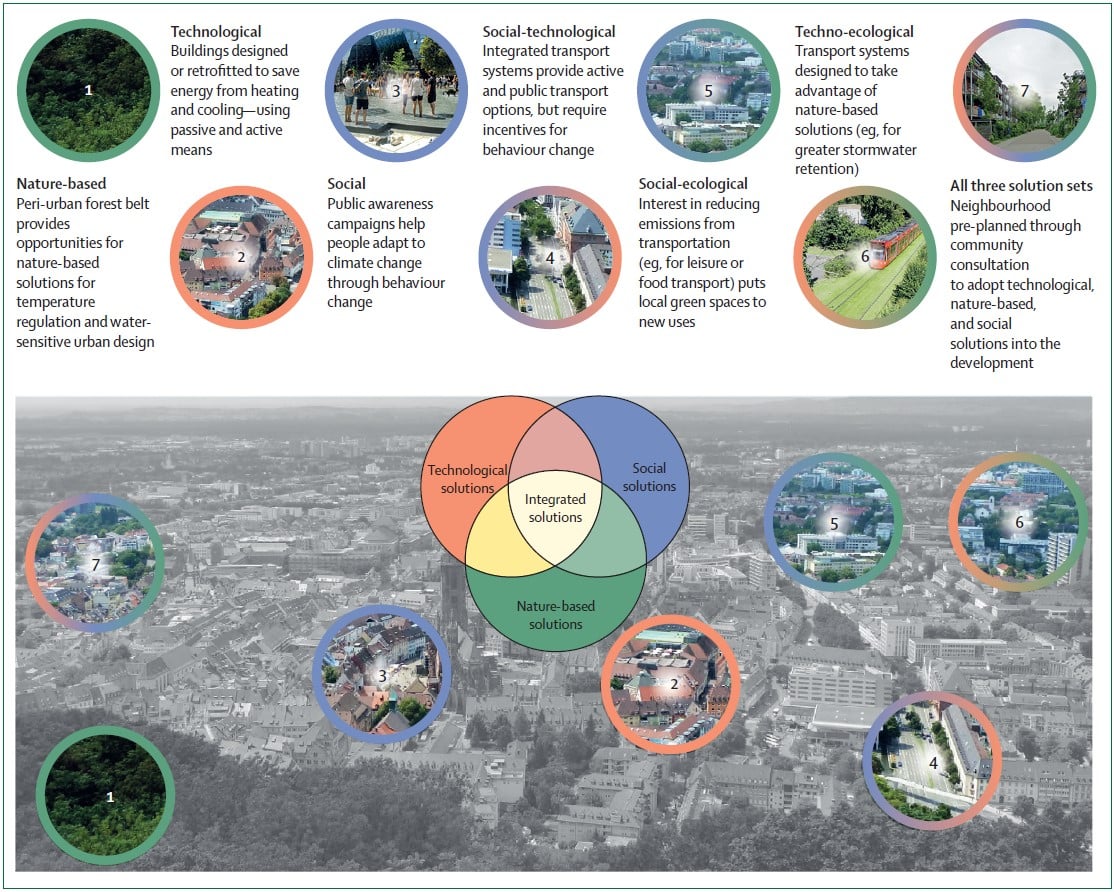
Ground Up Science for Greener Cities with Garden Futurist Dr. Alessandro Ossola
Spring 2023 Listen to the Podcast here. Alessandro Ossola is a scientist who gets very excited about the challenge of climate change allowing for an
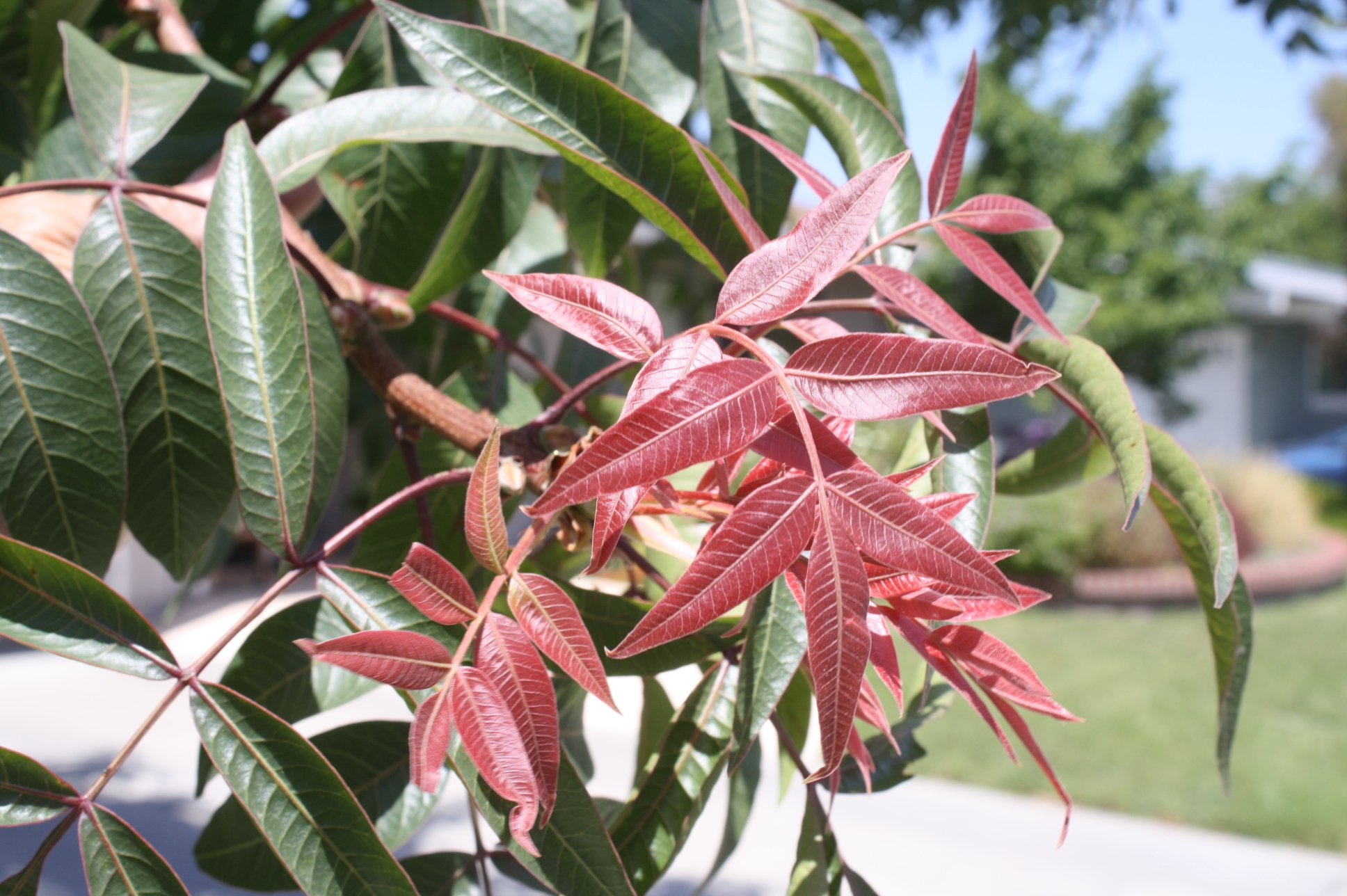
Readying Urban Forests for Climate Realities with Garden Futurist Dr. Greg McPherson
Winter 2023 Listen to the Podcast here. “Going from the mow and blow to a more horticulturally knowledgeable approach to maintaining the landscape. And that
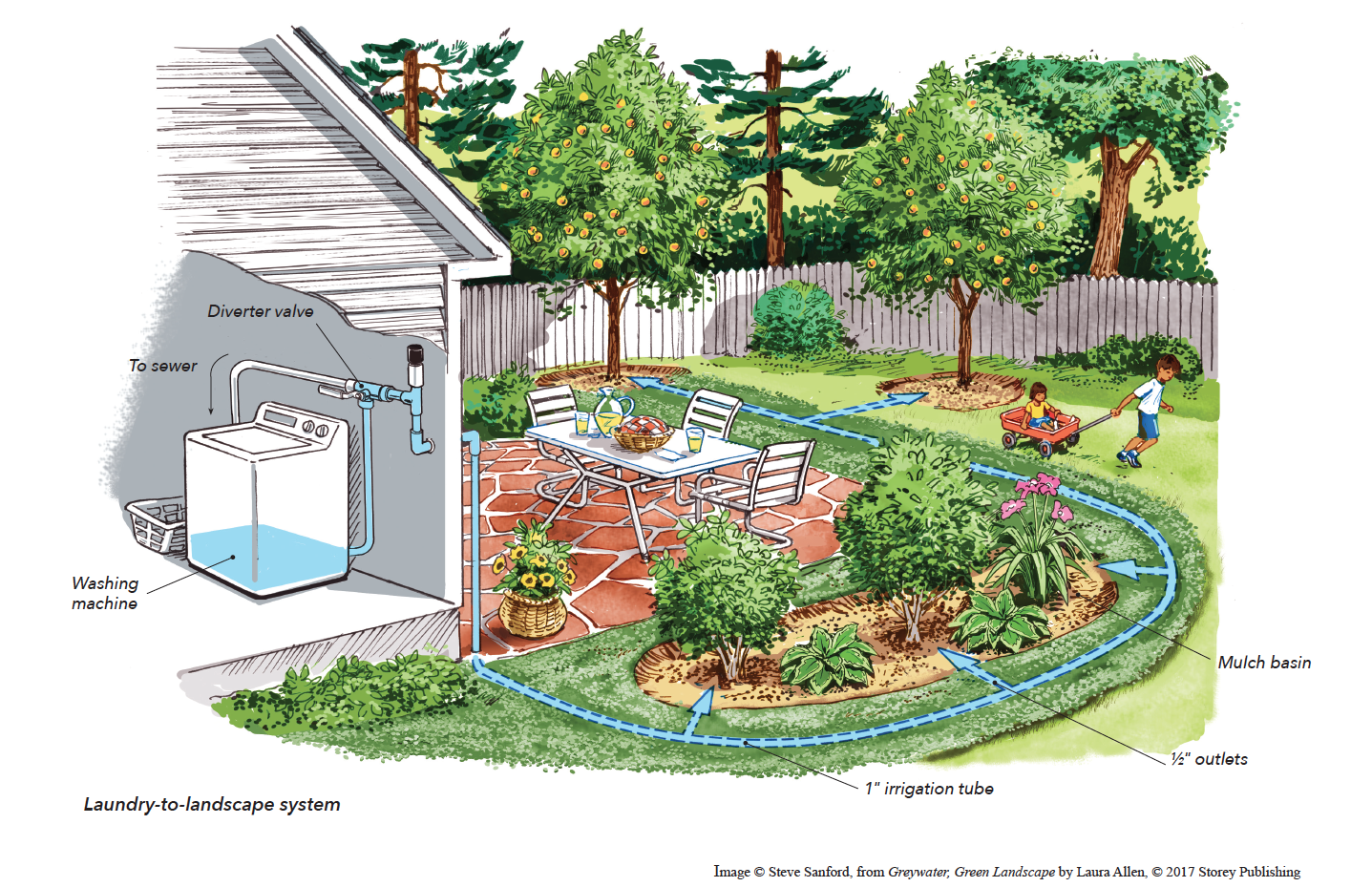
Welcome, Greywater, to the Garden
Summer 2022 Oh, summer: delightful warm air, tomatoes swelling on the vine, fragrant blooms on an evening stroll. When it’s warm and rainless, how is
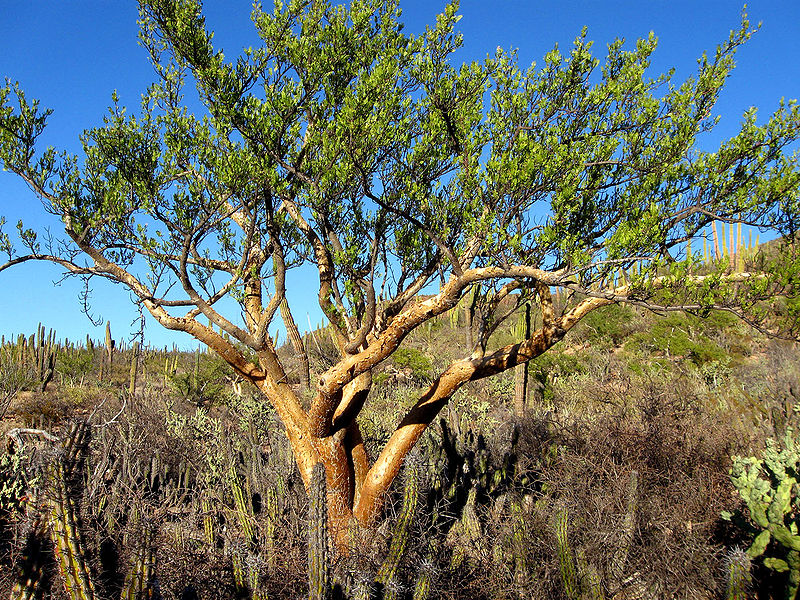
Big Tree-Data and Big-Tree Data with Garden Futurist Matt Ritter
Summer 2022 Listen to the full Garden Futurist: Episode XV podcast here. We are in an environmental crisis right now in many parts of California




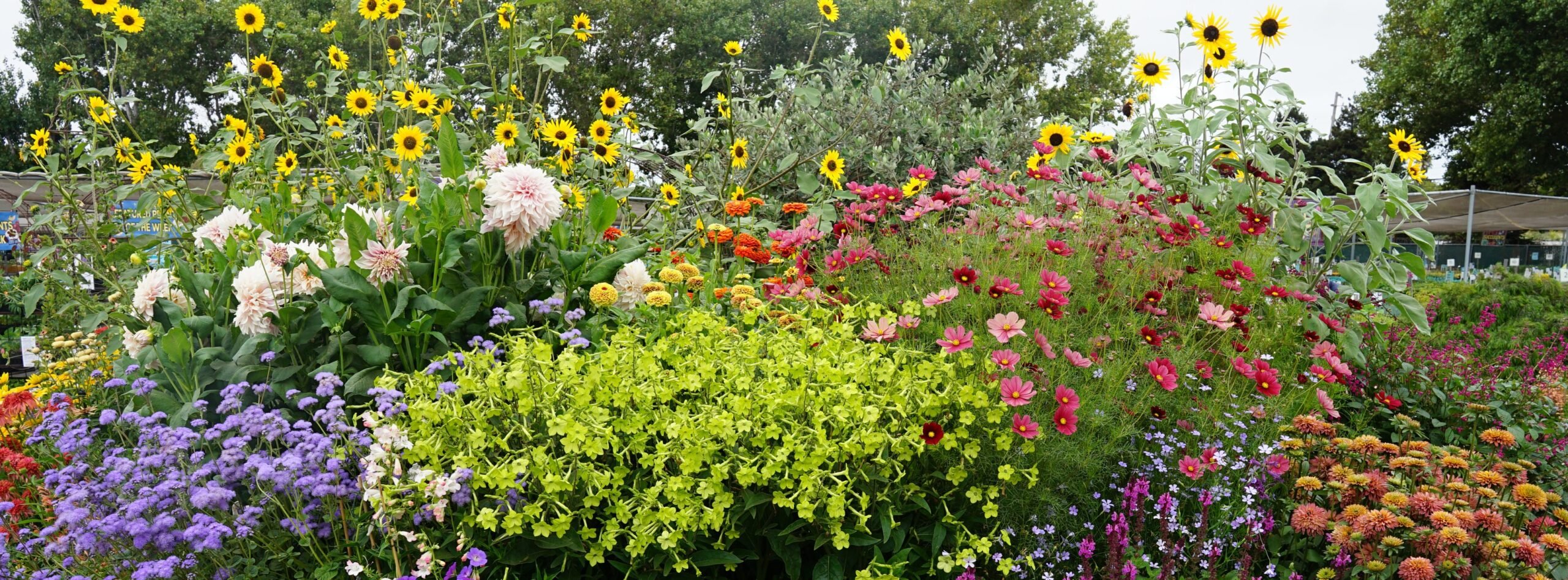




Responses